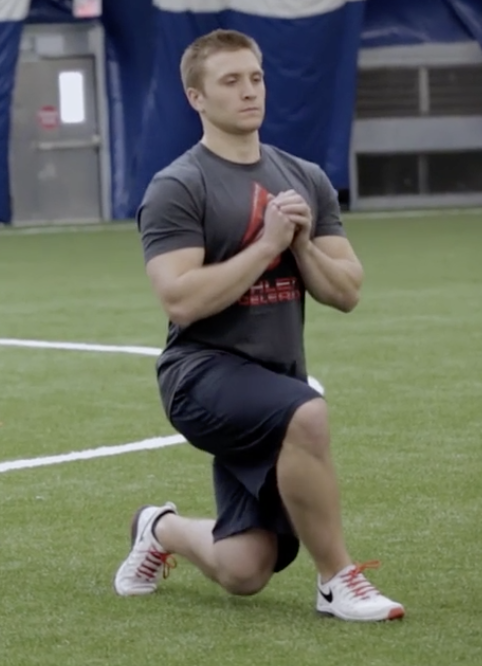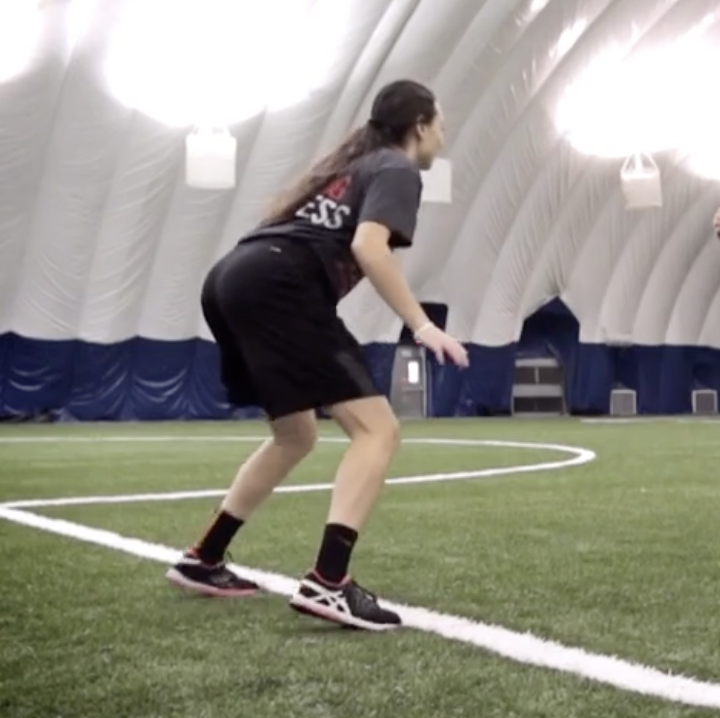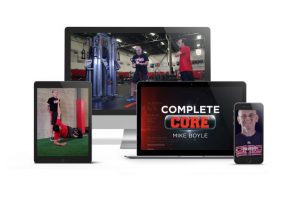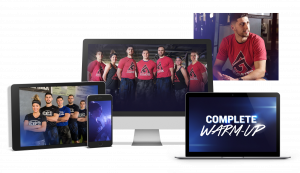5 Programming Tips to Help Improve Speed
By: Darin Jerome
Help improve speed with these 5 programming tips.
Speed Training Tip 1. Always prepare for each speed training session with a proper and thorough dynamic warm-up.
If done correctly, most dynamic warm-ups should not take more than 10-15 minutes to perform. Whether you’re doing linear, lateral, or multi-directional speed work, you must ensure the dynamic warm-up targets the muscles that are going to be used during that training session.
Speed Training Tip 2. Stress the importance of proper mechanics with your athlete! Relate the mechanics to specific movements of your athlete’s sports. Emphasize correct mechanics without making the athlete look robotic or stiff. Be sure not to overload the athlete with verbal cues.
.
Making sure our athletes are in the correct positions during speed work is crucial for their development! Figure out the best verbal cues for your athletes and keep them simple and precise. Not all cues will work the same with every athlete, so finding ways to relate the movements to their sport or sports tends to achieve better results. Not all athletes are created equal and we all learn in different ways. If you want to improve speed in your athletes, challenge yourself as a trainer/coach to always find ways to relate and get your coaching points across to your athletes in the most effective way.
Mastering the acceleration phase is one of the most important skills you can
teach any athlete to improve speed. Check out this free acceleration checklist.
Speed Training Tip 3. Speed training and development should be at a time when your body is in a non-fatigued state. Therefore, plan your speed development emphasis at the start of the workout, following an easy workday or a day of complete rest.
Speed workouts are high intensity and cause a lot of stress to our Central Nervous System. Having too many high intense workouts programmed in an athletes’ program can lead to CNS fatigue and be detrimental to the athlete’s development which can lead to injury. That’s why we recommend doing sprint work on upper body days or days when there has been ample amount of rest in between workouts.
Speed Training Tip 4. In a strength development program designed to improve speed, address postural needs first and work on core strength. Core strength helps stabilize the trunk, which is essential in sprinting. It provides a strong and solid foundation through which your limbs may transfer forces essential to improving sprint mechanics.
Traditional wall drills and using sleds to put your athlete’s in the sprinting body positions are some good exercises to help your athlete focus on body positioning. These exercises also allow the athlete to work on anti-extension and rotational core exercises to improve posture as well.
Speed Training Tip 5. Each drill should be related to the different phases and mechanics in sprinting. Understanding which speed drill is effective for different athletes in every phase is key. Know why you are using a specific drill and where it fits into your entire training program.
Understanding sprint mechanics and how to effectively teach them to your clients and athletes is not an easy task. It takes time and effort to be well versed in sprinting mechanics. In my 10 years of being in this profession, my biggest qualm is to see trainers/coaches implementing “speed drills” and not having the proper understanding of what they’re trying to accomplish or how to implement it correctly. If you really want to improve speed, take the time to learn and understand the movements. When you have that knowledge and understanding, programming for your athletes/clients becomes an easier task with results you are looking for.
About the Author
 Darin Jerome –Head Sports Performance Coach – IMPACT Sports Performance Boca Raton, FL; BS, CSAC, CWPC, USATF- Level 1
Darin Jerome –Head Sports Performance Coach – IMPACT Sports Performance Boca Raton, FL; BS, CSAC, CWPC, USATF- Level 1
Originally from Aurora, IL, Darin Jerome has lived in South Florida for 10 years. Darin graduated from Eastern Illinois University earning a Bachelor of Science in 2008. He has been training for 10 years in South Florida coming from one of Illinois top sports performance centers, Velocity Sports. During Darin’s time at Velocity, he had the privilege of working with elite youth athletes, as well as nationally ranked football and volleyball athletes at the high school and Division-I Collegiate levels. Darin was able to excel training at all age groups, as he himself was a Division-I football athlete at Eastern Illinois University that went through elite training programs throughout his career. Darin attributes his success to the proper training regimens he was placed on that focused on maximizing movement-specific strength and game speed. While in South Florida, Darin has been specializing in developing speed and agility for athletes of all ages including many youth, high school, collegiate and professional athletes. He has worked with professional athletes from the NFL, NHL and MLB. He is currently one of the Head Strength & Conditioning Coaches for Lynn University’s Men’s and Women’s teams.
Recommended Athletes Acceleration Products










0 Comments for “5 Programming Tips to Help Improve Speed”